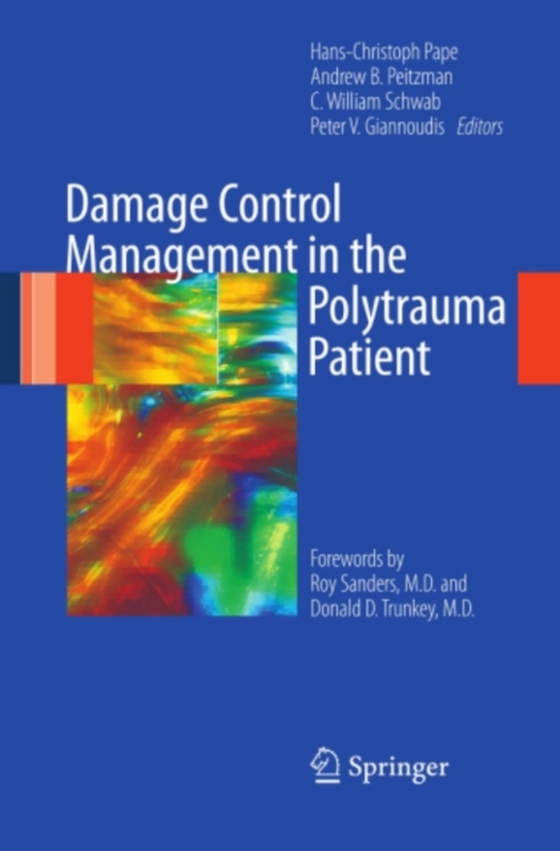
Damage Control Management in the Polytrauma Patient e-bog
1459,97 DKK
(inkl. moms 1824,96 DKK)
Orthopedic trauma is largely limited to the stabilization and subsequent surgical management of fractures and dislocations, with most patients presenting to their local emergency departments with isolated injuries. Modern techniques and implants have made outcomes for these injuries more predictable. Intramedullary nailing, for example, has become standard treatment for a displaced fracture of ...
E-bog
1459,97 DKK
Forlag
Springer
Udgivet
12 august 2010
Genrer
Accident and emergency medicine
Sprog
English
Format
pdf
Beskyttelse
LCP
ISBN
9780387895086
Orthopedic trauma is largely limited to the stabilization and subsequent surgical management of fractures and dislocations, with most patients presenting to their local emergency departments with isolated injuries. Modern techniques and implants have made outcomes for these injuries more predictable. Intramedullary nailing, for example, has become standard treatment for a displaced fracture of the femoral shaft. These conditions can be managed by the majority of general ort- pedists being trained today. Interestingly, they most likely do not even understand or remember that this treatment evolved from the management of the polytrau- tized patient with fractures. The polytraumatized patient is, of course, a completely different matter. For many years, the only experience with these types of injuries was in casualties sustained by combatants during armed conflicts. Basic concepts such as anest- sia, blood transfusions, intravenous therapy, wound management, and even the development of nursing and the modern hospital were all learned and founded in armed conflicts such as the Crimean War, the Boer War, and World War I. The Second World War saw improvements in the management of both abdominal and extremity wounds, and this was further refined in the Korean and Vietnam Conflicts. These, however, were limited to saving lives and limbs that benefited from very basic care. Understanding even the most rudimentary physiological concepts now taken for granted eluded us, and this showed how limited kno- edge was at that time.
 Dansk
Dansk

